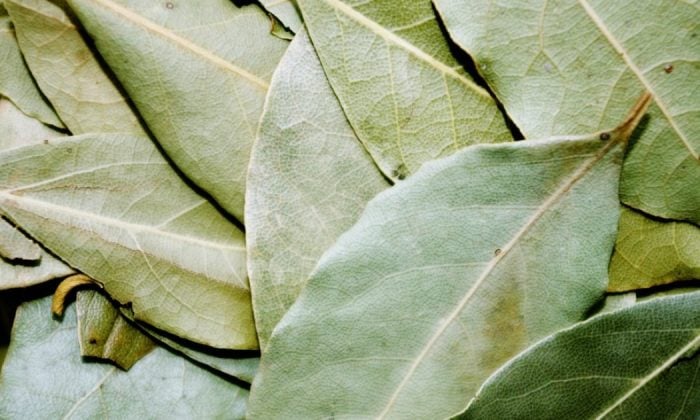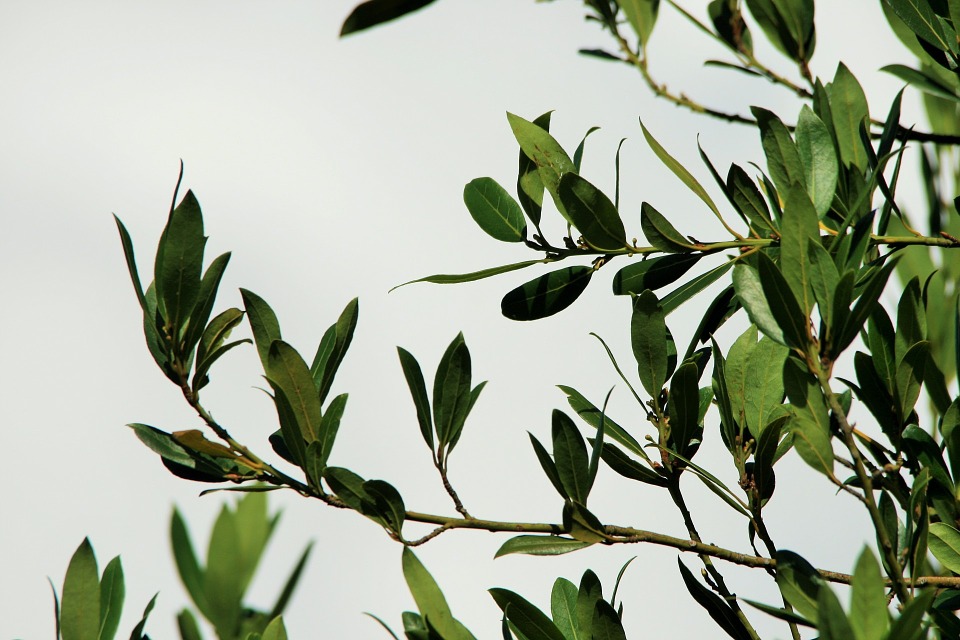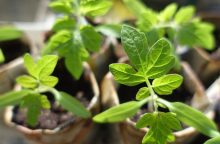Bay tree or bay laurel grown at home

Bay leaves come from a tree known as the bay laurel (Laurus nobilis). This tree is widespread in the Mediterranean today, but it probably originated in Asia Minor, also known as Anatolia. Given the geographic location it is not a frost-resistant tree, so people living in colder areas grow it indoors. In the summer, you can put it on a balcony or terrace, but it needs to go indoors before the first frosts arrive.
Undemanding plant
Growing bay tree is not difficult at all. Its leaves are quite tough and contain a good amount of essential oils, so it is hardly attacked by any pests. In our climate you have to grow bay tree in a container so, you can move it indoors when the winter comes . Funny enough the first frosts should not harm an older tree, as it can withstand temperatures down to -10 °C nevertheless, you need to move it indoors to a bright room where the temperature ranges from 5 to 10 °C.
Soil, watering and fertilization
A classic substrate for indoor plants is suitable for a bay tree. You should fertilize bay tree once every 14 days from February to the end of September, and use a fertilizer designed for indoor plants. Water regularly, especially during hot summer days – daily watering is necessary but make sure that the tree does not stand in puddles of water. You can tell that your bay tree does not get enough water if you see twisted young leaves and older leaves are falling off. However, there is no need to worry. When you start watering regularly again the leaves will rejuvenate.
Photo: Pixabay
Shaping
Bay tree is suitable for shaping as it tolerates trimming well. This is why you see many trees with shaped crowns. You can trim the crown twice a year and when you do, you can also try to propagate bay tree by making cuttings. Plant cuttings into a loamy sandy soil and let them take a root. You can start trimming and shaping plants after about one year.
Rapid growth
If you place a bay tree in a sunny place with no drafts, you can expect it to grow 5 cm per year. But as with many trees a partial shade will due too, but it will not grow so quickly. To achieve a rapid growth you need to provide it with enough space. Therefore, use a spacious flower pot and transplant it annually into a larger flowerpot – at least 5 cm larger in diameter.
Drying bay leaves
You can use fresh bay leaves (to prepare tea or to roast meat for example), but many recipes call for dried bay leaves. You should harvest leaves which are at least two years old and you should do it in autumn. People in the Mediterranean dry leaves in shade to preserve their green colour but in our climate we do it as with mushrooms. Collect leaves and spread them on a mesh or grid structure or simply on a paper. Dry bay leaves in a room with a sufficient air flow. Leaves must be completely dry.
Preview photo: Pixabay

Gardening is my hobby, I have a lot of experience and I am happy to share it.









0 comments